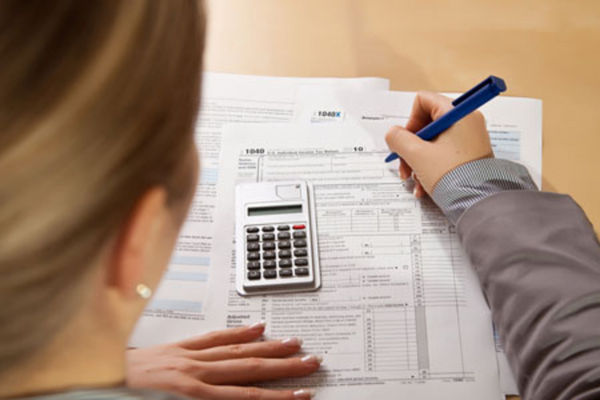Do your taxes
Create a simple pretend tax form, calculate basic taxes on mock income, and file a supervised, paper-based return to learn money math.



Step-by-step guide to do your taxes
What Teens Need to Know about Taxes 💰✅
Step 1
Gather all the materials from the list and place them on a clean table.
Step 2
Write the title "My Pretend Tax Form" at the top of your paper.
Step 3
Write your name and the tax year under the title.
Step 4
Draw a simple table with two columns labeled "Income Source" and "Amount" and three rows for entries.
Step 5
Pick three income sources like Allowance Chores or Lemonade Stand and write each source in the left column.
Step 6
Count out play money for each source and write the matching amounts in the right column.
Step 7
Add the three amounts on your scrap paper and write the total income on the form.
Step 8
Choose a tax rate to use for your pretend taxes such as 10 percent and write that rate on the form.
Step 9
Multiply the total income by the tax rate and write the result as "Tax Before Deductions."
Step 10
Choose one simple deduction like School Supplies and write its amount on a "Deductions" line.
Step 11
Subtract the deduction from the total income and write the taxable income on the form.
Step 12
Recalculate the tax using the taxable income and write the final "Tax Owed" amount on your form.
Step 13
Put your completed paper return in an envelope and give it to your adult for review and filing.
Step 14
Share a photo or description of your finished pretend tax form and what you learned on DIY.org.
Final steps
You're almost there! Complete all the steps, bring your creation to life, post it, and conquer the challenge!


Help!?
What can we use if we don't have play money or an envelope listed in the materials?
If you don't have play money, use real coins, cut colored paper into labeled money pieces, or write amounts on sticky notes for the 'Count out play money' step, and substitute any small paper bag or folded paper for the envelope to put your completed paper return in.
What should we do if the totals or tax calculations don't match when following the steps?
If the sum on your scrap paper or the recalculated tax doesn't match, recount the play money in the 'Income Source' rows, re-add the three amounts, double-check the written 'total income', ensure you used the chosen tax rate, and use a calculator to recompute 'Tax Before Deductions' and 'Tax Owed'.
How can we adapt this pretend tax activity for younger or older children?
For younger kids, simplify by using one or two income sources, counting physical coins to fill the table and using a 10 percent visual (take 1 of 10 coins) for tax, while older kids can add more income rows, multiple 'Deductions', different tax rates, and calculate percentages with a calculator or spreadsheet.
How can we extend or personalize the activity after completing the form and envelope step?
To enhance the activity, have the child design a custom title and decorations for 'My Pretend Tax Form', create receipts for each 'Income Source', compare results using different tax rates before writing the final 'Tax Owed', and then photograph the finished form to share on DIY.org.
Watch videos on how to do your taxes
How to do Taxes - Tax Filing Guide for Beginners | 2024 | Money Instructor
Facts about financial literacy for kids
🧾 A tax return is the form you file to tell the government how much you earned and whether you owe money or get a refund.
🧒 Doing a pretend tax form is a great way for kids to practice math—percentages, subtraction, and real-world problem solving.
📅 In the United States, the usual deadline to file individual taxes is April 15, often called "Tax Day."
💰 Taxes pay for public services kids use every day, like schools, parks, and libraries.
🧮 The first modern income tax was introduced in Britain in 1799 to help pay for the war with France.
How do I teach my child to complete a pretend tax return?
What materials do I need for a pretend tax form activity?
What ages is this pretend tax activity suitable for?
What are the benefits of doing a pretend tax activity with kids?


One subscription, many ways to play and learn.
Only $6.99 after trial. No credit card required


